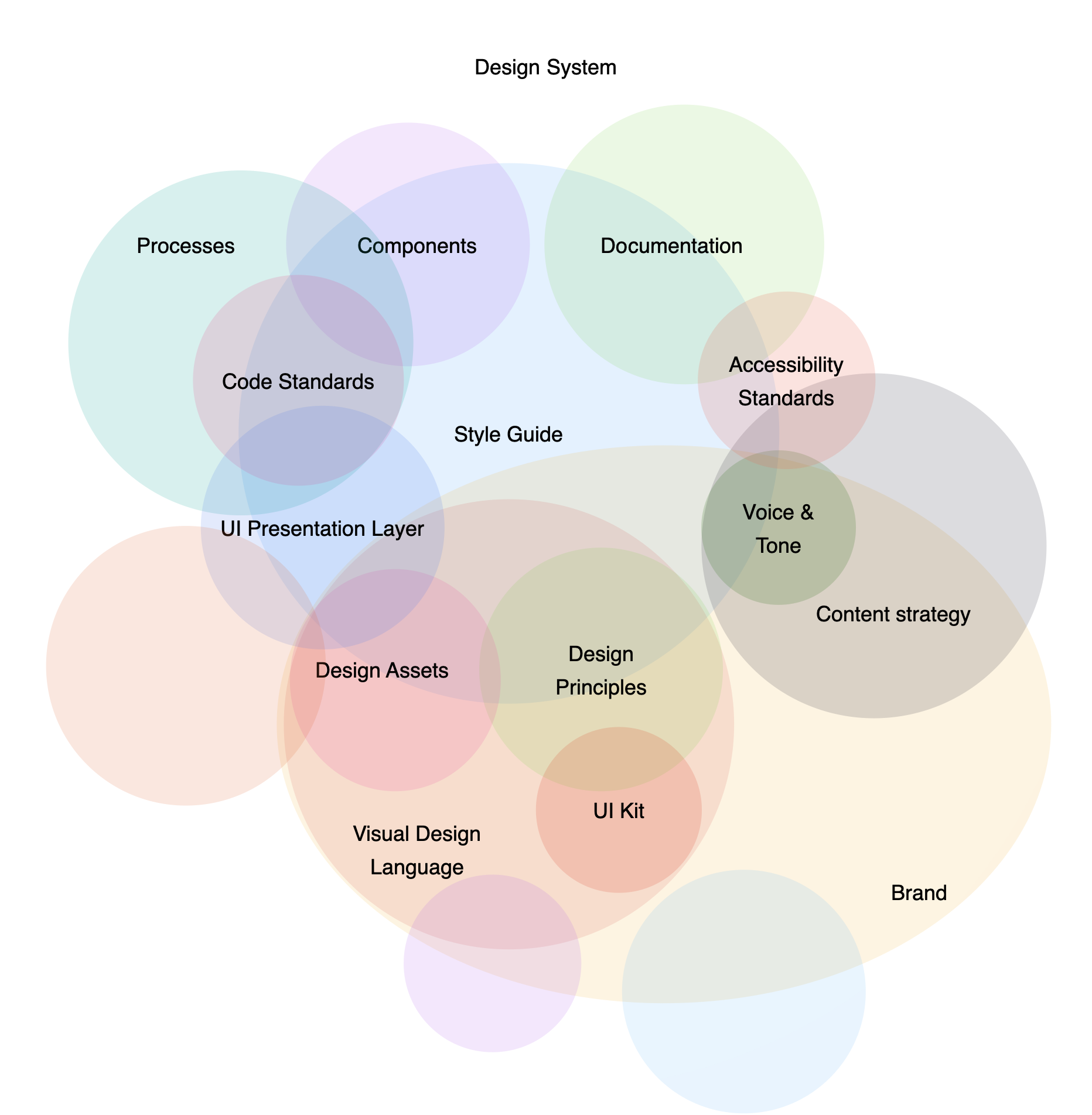Table of Contents
5 Design System Myths/Misconceptions answered
Author

Date

Book a call
Design systems can be defined as a pattern, collection, or even documentation that provides a single source of truth. It aids in design management, redundancy reduction, and design process acceleration through using a shared language, visual consistency, and rapid product development.
However, the fact is that there isn't a single description that adequately reflects the elegance of design systems. This creates room for UI/UX design misconceptions and conceptual errors.
We debunk five of them in this article.
Most Common Myths & Misconceptions About Design System
- Design Systems Create Creative Restraint
- Design Systems Are Just for the Designers
- Design Systems Are Rigid Frameworks
- Design Systems Don't Work in a Multi-project Ecosystem
- Design Systems Isn't worth the Time or Effort
#1: Design Systems Create Creative Restraint
It is falsely believed that using Design Systems leaves no room for customization. In reality, design systems augment creativity by providing a foundation for visual expression. Documentation, components, style guide design principles, and many more are part of the Design System ecosystem. (See the figure below)

These aspects are critical in implementing design systems that are in line with the company's beliefs and aims.
Design systems allow you to simplify and improve teamwork while adding to the entire product development process. It can help you carve out time to focus on the creative dynamics of each cycle.
Let's say a design company develops a design system for themselves; that doesn't necessarily mean they won't need as many designers as they did before. Designers' work includes communicating the tone of the product through their entrepreneurial work and delivering the essence of their work through components such as tone and colour. The truth is that designers can create as many custom elements and features as they require, and the design systems in no way inhibit that.
#2: Design Systems Are Just for the Designers
Most certainly not. The design systems include essential elements that facilitate communication among the design team, the development team, and the product management team.
Take documentation, which promotes cooperation and knowledge sharing across platforms; it is particularly useful for onboarding new team members.
Design tokens are yet another critical aspect that makes up the essential pieces of the design language that designers and developers utilize to construct components in design systems. It helps both designers and developers to be on the same page.
Developers prefer component libraries (like Material UI) to speed up development and increase reuse. It also contributes to the management and quality improvement of component customization, demonstrating that a design platform provides crucial features to encourage collaboration between the product management, design, and development teams.
#3: Design Systems Are Rigid Frameworks
Professionals fear that once a design system is built, there would be little opportunity for future adjustments, preventing scalability.
In actuality, design systems are never truly done. They are living organisms, requiring constant innovation and modifications to keep up with the needs they serve. Consider Design Systems as the product or tool you use to create other goods and maintain them as up-to-date as feasible.
#4: Design Systems Don't Work in a Multi-project Ecosystem
False! Design systems enable its use on many projects, which is one of the most significant benefits of employing a design system across several products since it provides brand consistency and reduces the need to make unique adjustments to each product independently.
#5: Design Systems Isn't worth the Time or Effort
Consider this; Would you instead be faced with repetitive tasks or by unique scenarios and challenges that demand your expertise?
A tailored design system not only puts recurrent operations on auto-pilot but also empowers every stakeholder to deal with critical concerns, saving the organization a lot of money and, more significantly, time.
Conclusion
Design Systems are evolving with advances in the field of remarkable customized design systems; it's only a matter of time until all of the leading corporations begin incorporating this brilliant instrument into their ranks.
GeekyAnts- Design Studio is continually trying to bridge the communication gap between UI/UX designers and developers. To know more about how we can help do so for your company, book an appointment today.
Dive deep into our research and insights. In our articles and blogs, we explore topics on design, how it relates to development, and impact of various trends to businesses.


